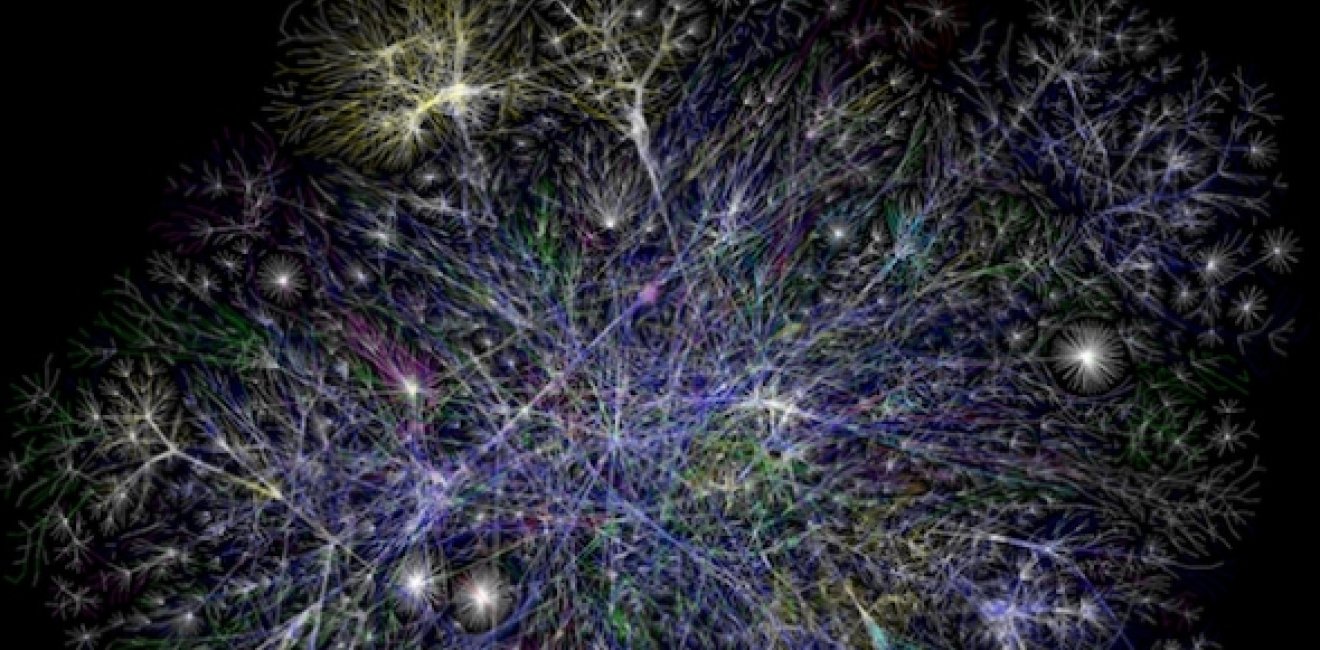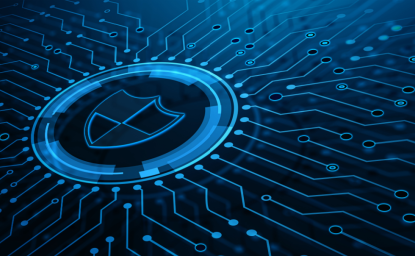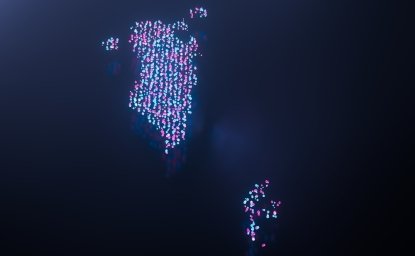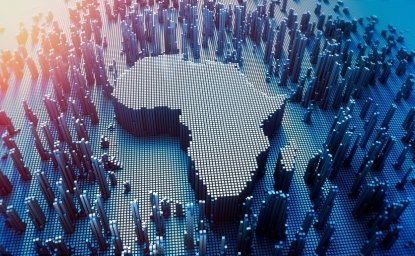
A blog of the Science and Technology Innovation Program

Volunteers around the world and pocket-size genomic sequencers could play an increasing role in protecting global health and ecosystems.
Originally published in Scientific American, July 25 2017.
10 A.M.—It is hot and sultry in the slums of the Campina Barreto neighborhood on the north side of Recife, in Brazil, and a public health worker named Glaucia has just taken a blood sample from a young, pregnant patient. Glaucia feeds it into a portable sequencer the size of a USB stick, plugs the sequencer into her computer and waits for the results. The device identifies genetic markers of the Zika virus, but flags the fact that this is a mutated strain that could be resistant to existing vaccines. She reports the information to her colleague, Franco, at the nearest hospital and to public health authorities. They need to know that this could signal the start of an outbreak.
This scenario is imaginary, but researchers around the world now use pocket-size genomic sequencers to rapidly detect resistant pathogenic strains in hospitals, explore microbial diversity in Antarctic ice valleys, and diagnose infectious agents in food supply and aboard spaceships (the device works in microgravity). In 2015, for example, Johanna Rhodesfrom Imperial College London relied on portable sequencers to identify the genetic makeup of Candida auris, a multidrug-resistant fungal pathogen that had caused an outbreak in a London hospital. The same year, a research team from Birmingham University flew to Guinea and used the same technology to detect strains of Ebola in human blood. In a few months, they had sequenced 142 Ebola genomes on the spot, producing results less than 24 hours after receiving an Ebola-positive sample.
But what if sequencer-equipped researchers were able to transmit what they’re learning directly to others? Imagine students in universities becoming the first “sequencing line of defense” by detecting bacteria resistant to antibiotics and educating their neighbors about them. Imagine the same neighbors equipped with portable sequencers to identify microorganisms in soils capable of fighting resistant pathogens. These new “bio-citizens” would be socially responsible actors who use biology as the main language to understand themselves and the world around them, playing an increasing role in protecting global health and ecosystems.
This is the utopian version of what visionaries call the second genomic revolution, where sequencing our genomes and those of other species becomes a pervasive data market in which DNA is the primary currency. Yet we must remain lucid about who will primarily contribute and who will reap the rewards of streaming our DNA to the cloud. The way forward is to make sure that this trove of data does not benefit only those who already reign over our digital infrastructures but build “counter powers,” global commons where citizens can learn to turn their own data into innovations.
Author

Formerly European Commission, Directorate-General for Research and Technological Development, Directorate on Science, Economy and Society



